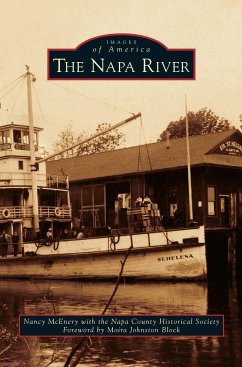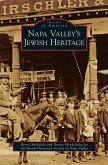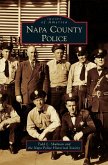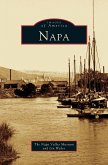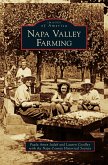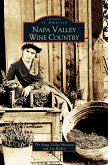During the mid-1800s, the Napa River brought people to Napa City from around the world, attracted by the beauty and bounty of the valley. Riverboat captains played a major role in creating the material wealth of the city as their vessels plied the waters of San Francisco Bay carrying freight and passengers. As the powerhouse of industry, the river attracted several tanneries that needed water to make the now famous "Nappa" leather. Napa became a leather colony with the growth of shoe, glove, and glue factories. The river became a key transportation artery, and its channel became the focus of greater dredging to allow larger ships to anchor downtown. No longer a natural river able to meander, it frequently overran its banks, flooding towns. Industry, agricultural runoff, and population growth caused the Napa River to become polluted and neglected into the 20th century. Today, the Napa River is the centerpiece of downtown renewal. A "Living River" strategy is bringing back its vitality along with fish and wildlife populations, helping the river to regain its importance.
Hinweis: Dieser Artikel kann nur an eine deutsche Lieferadresse ausgeliefert werden.
Hinweis: Dieser Artikel kann nur an eine deutsche Lieferadresse ausgeliefert werden.

